Tagged With Amphibians
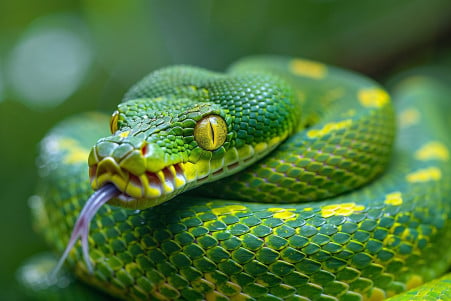
How Snakes Use Their Sense of Smell: A Fascinating Insight
14 June 2024
How snakes' excellent sense of smell works, from their forked tongues to their Jacobson's organs, to hunt, reproduce, and move around.
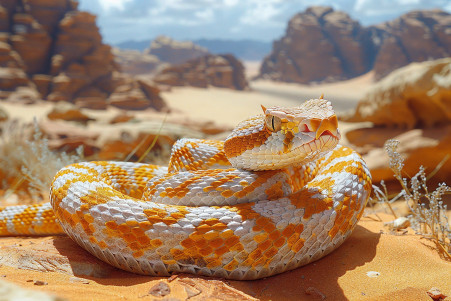
Where Do Snakes Live? Exploring Their Diverse Habitats Worldwide
10 June 2024
The wide range of environments in which snakes live, from the tropics to the desert, and the many ways they've evolved to survive in these habitats.

Death by Salt: How Salt Kills Slugs and Snails
5 June 2024
Salt is a drying agent that works by sucking the water out of snails and killing them through osmosis, and different snails have different levels of tolerance to it based on where they live and their species.
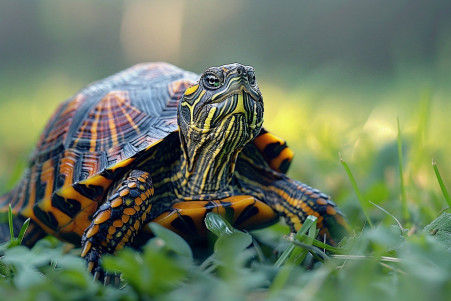
Turtle Talk: What Do Their Sounds and Calls Mean?
31 May 2024
Turtles make a wide variety of sounds such as grunting, chirping, bellowing, and hissing to communicate and interact with each other.
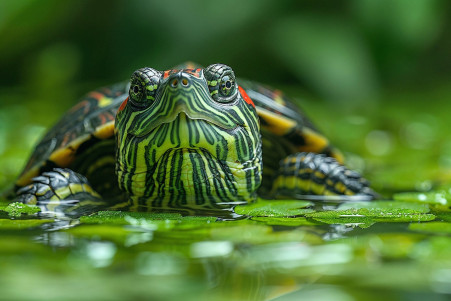
How Do Turtles Drink Water? Exploring Their Aquatic Adaptations
30 May 2024
Ways in which turtles have adapted to maintain water balance through drinking, salt excretion, and skin permeability in both water and land turtles.
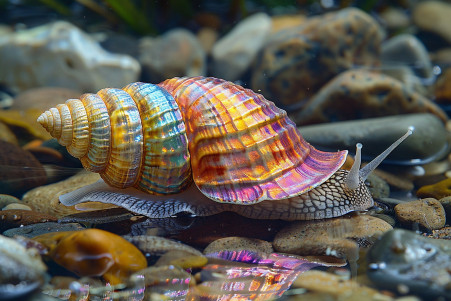
Can Snails Swim? Unveiling the Aquatic Abilities of Gastropods
27 May 2024
Snails can swim by using their foot muscles, which goes against the idea that snails are not mobile and are slow animals.
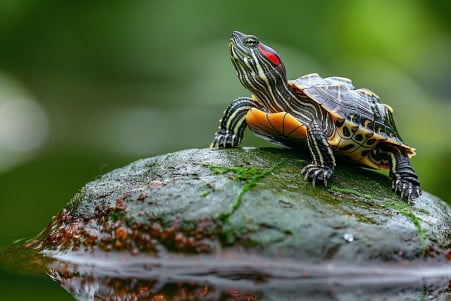
Do Turtles Poop? Understanding a Turtle's Digestive System
17 May 2024
This article explains everything you need to know about turtle poop, including the turtle's digestive system, what normal poop should look like, and how to check your turtle's poop for signs of a problem.

From Hisses to Barks: A Look at the Vocal Talents of Lizards
15 May 2024
Lizards are more vocal than you might think, and they make a variety of sounds to communicate, attract mates, and interact with other lizards.

Do Lizards Have Poison? The Science of Lizard Toxins
10 May 2024
While there are no poisonous lizards, some, such as the Gila monster, have venom glands and can deliver a venomous bite, although it's not particularly harmful to people.
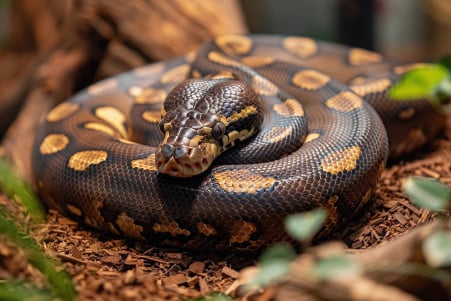
Do Snakes Sleep? Exploring Their Resting Behaviors
6 May 2024
Snakes do not sleep in the same way that humans do, but they do have special ways of resting that help them save energy while still being aware of their surroundings.
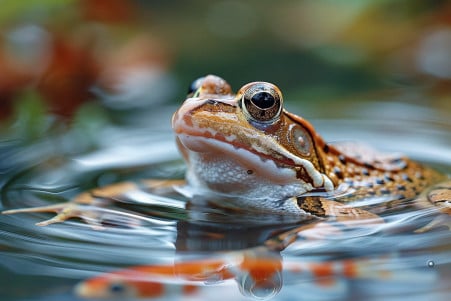
What Do Frogs Eat? The Predatory Behavior of Amphibians
3 May 2024
Frog species that eat fish, the ways they've evolved to hunt, and what this means for managing frog-fish interactions in ponds.
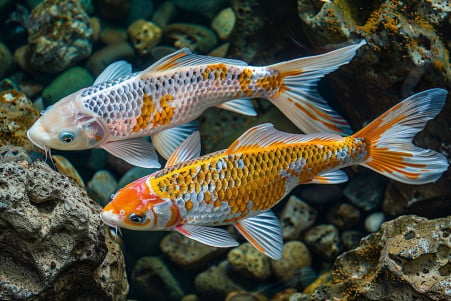
Fish Fin Regeneration: Can They Regrow After Amputation?
28 April 2024
Fish fins are able to regrow as a result of epimorphic regeneration, which requires signaling pathways that control blastema formation and patterning.